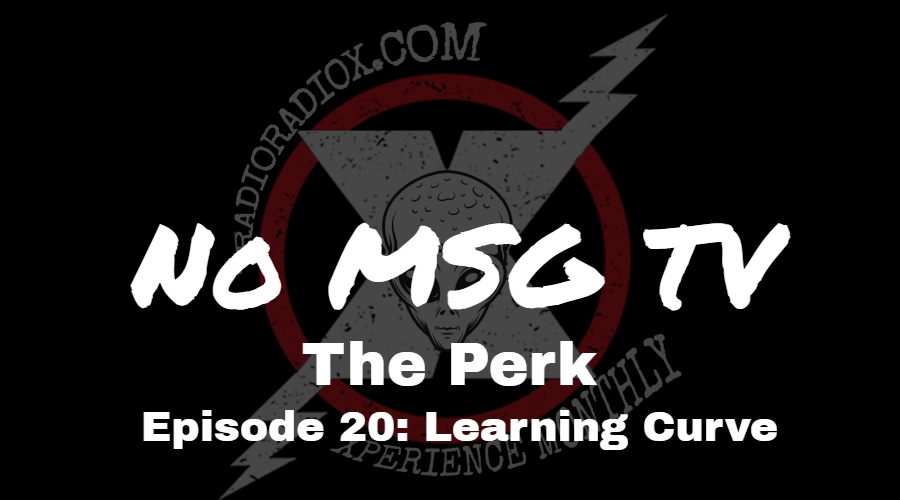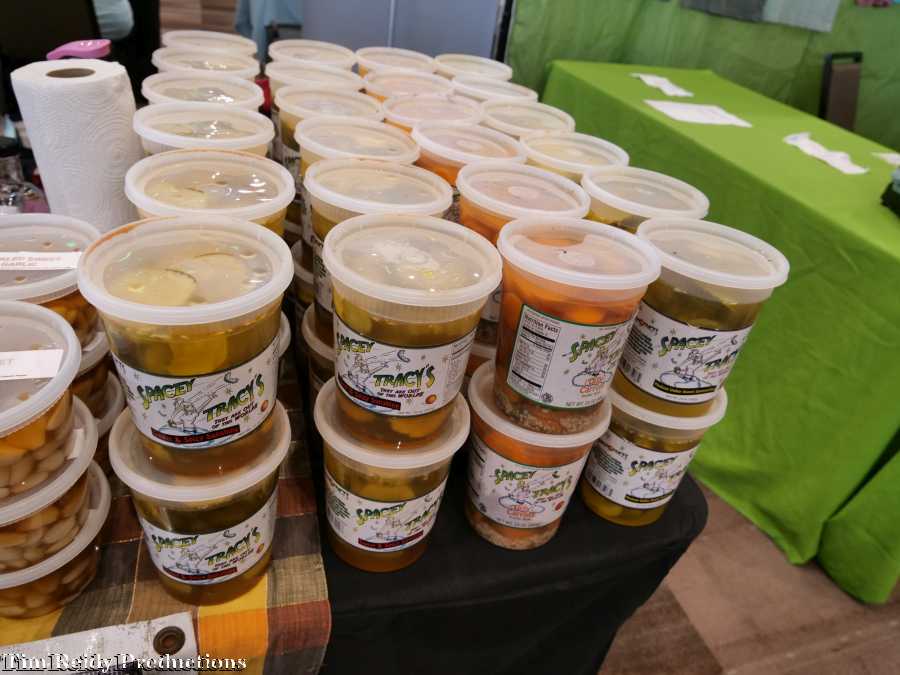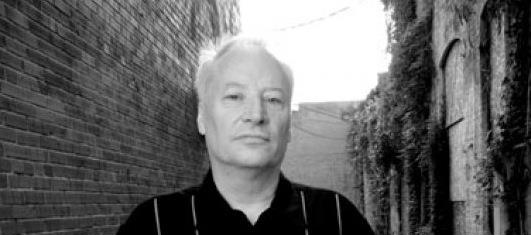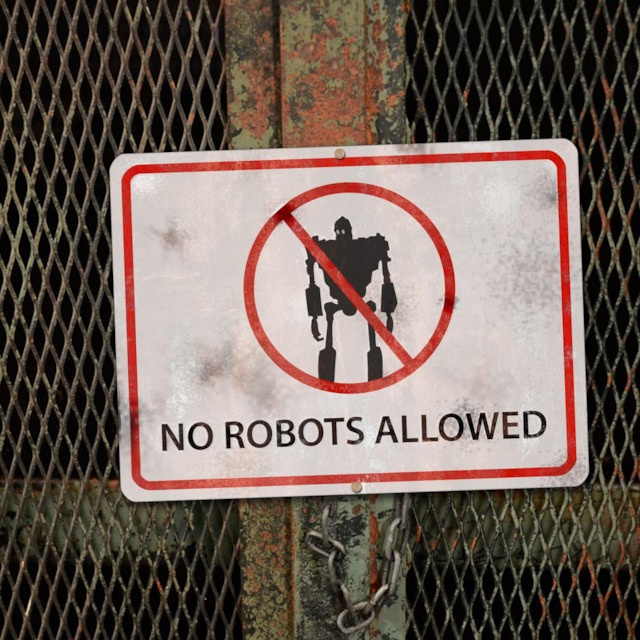Interview: Hudson Valley Film Commission -By: Liam Sweeny
Written by Staff on January 8, 2023
Hollywood on the Hudson. This is a broad description, maybe even beyond the bounds of our delivery trucks, but we’re a big part of it around here. This area’s got something, something beyond pretty streets and shiny buildings. We have a passion here for creativity that has kept this paper in interviews for years.
The Hudson Valley Film Commission is a 501(c)3 organization, a clearinghouse for all things film in this region. And even a casual perusal of their storefront will give you an abject appreciation for what goes on to bring the clapboard to the word ‘action!’
I sit with Laurent Rejto of the commission, and we talk about clapboards.
RRX: When I stroll through downtown Troy, I can picture a million stories that can be told from the third story windows of brownstones. I lived in the downtown when they were filming Age of Innocence. But it isn’t just a pretty street, is it? Can you talk about the things that have to be considered when looking for a place to shoot?
Wow, that’s a loaded question. Okay, let’s see. The bottom line, which I hate to say, is that I’ve been doing this for twenty-three years and I tend to be very practical, I’ve noticed over the decades that the bottom line tends to be the cost, and the associated costs. At the end of the day, the locations, as beautiful as they are, it all relies on the tax credit, and it all relies on the local permitting.
That’s it in a nutshell. We are always showing locations; that’s the first step we take whenever we work with a production, I would say ninety percent of the time, when we’re looking for the ultimate location, those practical issues come in. One thing we do have going for us, especially in the Hudson Valley Region, is a lot of trained professionals that a lot of places around the country don’t have.
RRX: Albany is a city incorporated in 1686, but settled from 1624. Two years from now would see a candle lit here for four hundred years. There are layers of history and architecture that has seen just about everything a growing nation had to throw at it. So period pieces are big here. But does Albany’s history ‘typecast’ it?
No. Again, I hate to be so matter-of-fact about it, but it always comes down at the end of the day to the aesthetic versus the value. We don’t necessarily work in Albany much, but we do send a lot of crew up to Albany, and because we’re so close, we tend to know about a lot of the projects going on up there.
It’s the same thing in the Hudson Valley; it’s the same thing throughout most of the areas in New York.. I just did a panel last week with New York Production Alliance where I spoke with five other film commissioners, and the industry has changed so much that the bottom line is really the tax credits and pleasing the corporations that own the streaming services. Things have changed drastically in the past twenty-three years where Albany and the Hudson Valley used to focus on independent films, now we are relying more and more on the streamers.
Everyone at the panel had a lot of great stories from great films that have filmed in the area and highlights, but at the end of the day, it’s becoming such a big business now that we’re in competition now with so many different states and countries; the tax credits really started because of Canada, and now people can go anywhere, they can go to South Africa, they’ll film in Europe, they’ll film in China, you name it. So we’re always competing for projects.
We just lost a big film, which actually happened in Poughkeepsie in the 1930s. It was The Boys in the Boat, which is based on the book about the Olympic team, the rowboating team. We found out that Poughkeepsie hadn’t changed that much, thought they were going to film here, but they’re filming in England.
I don’t mean to sound negative about it, because at the same time, we also get a lot of projects, as you know, The Gilded Age is such a huge feather in the cap for Troy and Schenectady and Albany. It’s not that we don’t do well, we have a huge share of HBO projects, The Undoing, Pretty Little Liars, I Know This Much is True, Sex Lives of College Girls, the list goes on. So we do quite well, but the bottom line is that we’re now relying on those big shows, because the industry has shifted away from smaller indies.
I do think that Albany still does quite well with the smaller indies. Mother’s Milk, and Paint, which is coming out. I think that was from Schenectady. There’s highlights, but in order to keep people employed year round, we really rely on the Amazon, the HBO, Hulu, and Netflix.
RRX: Our paper is in Albany, maybe in state politicians’ hands. So some might be reading it right now. What would you want to say to them about tax incentives, tax credits, that they could act upon that would help the local film industry?
There are two massive issues relating to the film industry in New York right now, and politicians need to focus on this. They need to keep the New York State Film Tax Credit in balance. They’ve gone over the budget; there’s a four-hundred- and twenty-million-dollar cap. They can’t go over that, That’s been going on, so the state really needs to keep an eye on the balance. Most businesses wouldn’t be allowed to go over budget. That creates issues down the road, and those issues make it harder to bring investors in to invest in New York State films.
New York State Film Tax Credit is the best way to incentivize film investors, but the investors have to be able to get their tax credits within a reasonable time. As because of the overspending, investors and productions now have to wait around four years, four-to-five years to get their tax credit back. It’s a huge issue, and we lose a lot of productions because of that. And that has to be resolved and better-managed.
The other thing that needs to be done is about the tax credit itself. The New York State Tax Credit is twenty-five percent for eligible “below-the-line” costs. Those are non-creative costs. That doesn’t include actor salaries; that doesn’t include director salaries, composer, writer, anything creative is not included. That all would be called “above-the-line.” So it’s twenty-five percent on below-the-line costs, which is the meat and potatoes; the crew. The people who work basically sixteen hours a day. The drivers, the grips, the gaffers, the people who are, even the laborers.
There’s something in New York State called the “film zone.” And the zone is twenty-five to thirty miles from Columbus Circle (Manhattan.) In November of 2016, the state agreed to give any production outside of the film zone and additional ten percent taz credit on below the line labor costs. That gave us additional tax credits, because it was very difficult to compete against films that were closer to New York City.
RRX: Is there anything they can do for above-the-line costs? Like actors’ salaries, directors’ salaries, etc?
I don’t think that’s something that’s ever going to happen in New York, but it’s certainly something that should be addressed, as we do lose a huge amount of films out to states that give tax credits for above the line. Georgia, places like New Jersey, Massachusetts. We’ve lost a lot of projects to states that give taz credits for above the line, but I actually, personally don’t believe in that. I like the conservative approach that New York has. The reason I don’t like that; I’ll give you an example. So I forget the year, but the movie “Joy” with Jennifer Lawrence – we were trying to get that for this area. And we lost it to Massachusetts because Massachusetts was going to subsidize her salary and other above-the-line salaries. Her salary alone was fifteen-million dollars. And that money doesn’t stay in the state, doesn’t really help economic development. So that’s the reason I don’t like it, and why I favor the conservative approach.
That being said, the additional ten percent on below the line labor, that needs to change. It needs to be across the board below-the-line. Just focusing it on labor complicates accounting, it complicates the audits, it complicates everything.
RRX: Has any celebrity come here and “wag the dog” to bring projects here?
The only person I know who’s done that repeatedly is Melissa Leo. She won the academy award for The Fighter. And she’s a local actor. And she’s worked or brought fourteen projects to the area. That’s huge. I can’t think of anybody else who has done that, which is a little disappointing, because we do have a huge amount of producers, directors, and actors in the area. Most of them don’t work on local projects, or at least they don’t star in local projects. We push that all the time, because there are a lot of local actors, every time a production reaches out, we try to let them know who’s in the area, hope that they’ll hire them, and that’s happened. Amanda Seyfried was in Things Heard and Seen, which was a Netflix production, and she’s in the region. There are actors who work on local films. Melissa’s the one who’s worked on the most. She brought the movie “Furlough,” with Whoopie Goldberg, Anna Paquin, Tessa Thompson. So she’s a great example of that.
RRX: Can you give us an example of what the film industry brings the average joe? Why should anyone care about tax credits?
The important thing here is that, because there’s so much money spent on film, and so much money comes into the area, you know, depending on the reports you read, they say that for every dollar spent in the film tax credit, a dollar seventy comes back, so it does spur the economy. And it’s not just direct spending. It’s also indirect spending. When you have actors who come to the area, or directors or producers, they buy houses in the area, or the buy other things. I’ll give you a perfect example; there was a movie in 2010, long time ago, but it was a movie called “Peace, Love, and Misunderstanding” and it was starring Jane Fonda and Jeffrey Dean Morgan. And Jeffrey Dean Morgan loved the area, because he rides a motorcycle and thought it was the best place he’d ever ridden a motorcycle. So he decided to buy a house here. He ended up buying a candy store that was going out of business in Rhinebeck. It’s called Samuel’s Sweets. And he bought it with Paul Rudd, so there’s two actors that ended up buying a candy store in Rhinebeck and now that candy store is thriving. So that’s what we call indirect spending. They also bought houses in the area. That’s indirect spending too. All of those things have to be taken into consideration when you consider the film business, all of the behind-the-scenes stuff that’s not related to production.
This is all spending from the business. And I’m not going to call it “the Arts.” For me, it’s like any other business. Everyone works very hard. I know most people like to glamorize it and everything, but I like to take the glamor out of it, because I’ve never seen glamor on a film production set.
RRX: Everybody that lives, well, most everybody, hears about a movie and they want to be an extra. They want to be an extra, and maybe get a chance to complain about the bar peanuts to Robert Duvall. But this a whole world in film, extras, speaking parts; even your car being on the street has some consideration. Can you tell people about the need for extras?
That’s kind of our wheelhouse. That’s where we really thrive, because we work closely with most of these big giant production companies. Pretty Little Liars and Pokerface, I don’t know if you know about Pokerface, the new Ryan Johnson project for Peacock. We worked with the casting agents and we convinced them to hire locals. Big thing is trying to convince these production companies to hire locals; we actually have something called 30 Reasons Why You Should Hire Local Crew. And then we have something called 20 Reasons Why You Should Hire Local Actors. We worked with Pokerface and they hired about twenty-five-hundred local actors for different projects.
That is, fundamentally, the best way to get into the business, because it’s the easiest way to get onto a set, and to see what it’s like, to experience whether or not it’s something in your wheelhouse and something that you like. Some people who show up for their first day as a background actor find it extremely boring. Because there’s a lot of standing around and waiting. Other people just love it, because you meet other like-minded people and at the end of the day, you get paid, and you’re part of a team.
The best thing about film production is that if it’s done the right way, every film production becomes its own family. That’s true of the background actors that become part of Pretty Little Liars or Pokerface or I Know This Much is True. I Know This Much is True, I think they hired about four thousand extras. And we did an open house for that one, three thousand people showed up.
It’s a great way to initiate yourself and learn about the business. We like to boast that there are thousands of extras and actors in the area, don’t ship them up from New York City, don’t ship them up from New Jersey or Massachusetts. When I go to a film setup, I have a habit of walking around and asking people where they’re from. It makes me nuts when they’re not hiring locals because we have a great diverse population.
RRX: HBO’s “The Gilded Age” is being films, parts in Troy and Cohoes. Can we use this as a case study of a bigger production in the region? What are the interesting things about the filming of this series that has so far gone unreported?
The Gilded Age is probably one of the best examples of one of those massive productions. First of all, because their budget is insane. They’ve hired thousands of local extras, and we did work with them, we worked with Grant Wilfley Casting to make sure that they hired locals. And we reached out to find all different types of people. They’d give us specifics and we’d spread the word with the hope that local people will apply and get hired. And I know for a fact that a lot of people, both from the Capital Region and the Hudson Valley kind of became regulars; a lot of them ended up traveling to Philadelphia when the show actually moved to Philadelphia. From a background actor standpoint, it was great.
The other great thing was that the pay on that was insanely good because of eighteen-hour days. And once you start doing eighteen-hour days, you’re getting double-time, even golden-time, which is triple pay. It’s a lot of work, and difficult, especially if it’s ninety degrees and you’re wearing a corset and really heavy clothing. I know in 2021 specifically, they were handing out ice packs. But you get paid extremely well.
What else was good about the Gilded Age was that the did make an effort to hire a local crew. So we have a lot of area crew members working on that as well, also working eighteen-hour days.
There’s all the related costs with the Gilded Age, I don’t know the specifics, but I’m sure everyone was given a nice location fee, the buildings that were rented, the squares and all the different places. They also repainted half the town. All of that spending, the craft, the building, construction supplies, catering, hotel rooms. Through the first three-quarters of the year, we have tabulated that over forty-three thousand hotel rooms have been used in the Hudson Valley.





 RadioRadioX
RadioRadioX